Retro Review: FIDA CGA Card
4th July 2022
In Part 2 we repaired these two old CGA cards and double-checked their output using the excellent CGA Compatibility Tester.
Now we can play some games!
Grand Prix Circuit
Accolade's fun racer from 1988 would run in Hercules, CGA or EGA modes. The CGA option ran in Mode 04h (320 x 200 in 4 colours), using the third palette which was unofficial. This provided the four colours of black (#000000), cyan (#00aaaa), red (#aa0000), and light grey (#aaaaaa).
Interestingly, when running the game using a more modern VGA card (in this case, a Cirrus Logic CL-GD5428 VESA Local Bus one) and captured direct to my PC, it uses palette 1 instead, which is the black (#000000), purple (#ff55ff#, cyan (#55ffff) and white (#ffffff). I guess this is part of the CGA emulation that's inaccurate on certain VGA cards.
Battletech: The Crescent Hawk's Inception
The DOS version of the tabletop war game was written by Westwood Studios and published by Infocom in 1988. CGA was its lowest graphical mode, also offering EGA and MCGA/VGA. The CGA option ran in Mode 04h (320 x 200 in 4 colours), using palette 0 with the four colours of black (#000000), green (#55ff55), light-red (#ff5555), and yellow (#555555).
Hillsfar
One of the first role-playing games for DOS, Hillsfar was written by Westwood Associates and published by Strategic Simulations, Inc. in 1989. Graphics options were CGA or EGA. The CGA option ran in Mode 04h (320 x 200 in 4 colours), using palette 0 with the four colours of black (#000000), green (#55ff55), light-red (#ff5555), and yellow (#555555).
Composite Output
I was unable to get composite output from CN12 (the two-connector block), and reported this in the VCF (Vintage Computer Forums). Registered user agentb responded back, stating that "Thanks for the writeup on the CGA cards. After some review of your article, and my cards, and this FIDA MIX link, I believe these are the jumper settings for my VDL cards:
1 - Positive VSYNC (hardwired to ON/positive on one of cards)
2 - Positive HSYNC (hardwired to ON/positive on one of cards)
3/4/5 - settings for RGB/TTL/Composite
Off-On-Off for 3/4/5 got me Composite mono working. I just tried changing to Off-Off-On and sure enough that gave me Composite color. So looks to be matching the FIDA MIX jumper settings -- at least for the 1-5 settings.
Looking at your "Expert" card, I see you have the 1 and 2 hardwired on also. So 3-4-5 are probably your jumpers for getting that composite header working. They are set to On-Off-On now for RGB. Would need to be set to Off-On-Off or Off-Off-On to get you composite on that header. That's my guess!".
agentb is referring here to the 8-switch DIP with SW1, SW2 and SW3-5 being set as follows:
Positive vertical synchronize pulse enabled |
SW1/1 |
On |
Negative vertical synchronize pulse enabled |
SW1/1 |
Off |
Positive horizontal synchronize pulse enabled |
SW1/2 |
On |
Negative horizontal synchronize pulse enabled |
SW1/2 |
Off |
Mode |
SW1/3 |
SW1/4 |
SW1/5 |
|
| » | RGB color graphics monitor |
On |
Off |
On |
TTL monochrome graphics monitor |
On |
On |
On |
|
Composite color graphics display |
Off |
Off |
On |
|
Composite monochrome graphics display |
Off |
On |
Off |
|
I no longer have these cards readily available on my retro PC test bench to check if this works, but will do so at some point in the future.
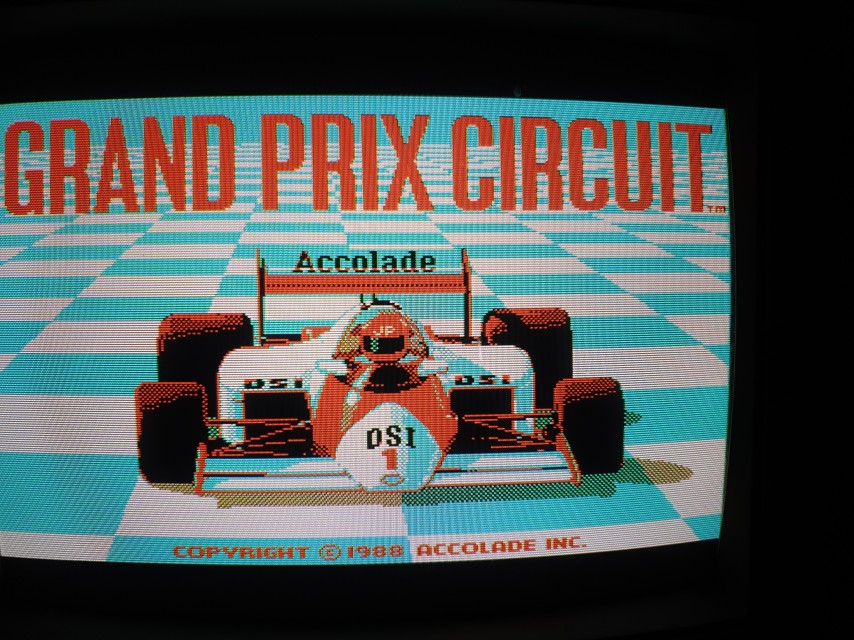
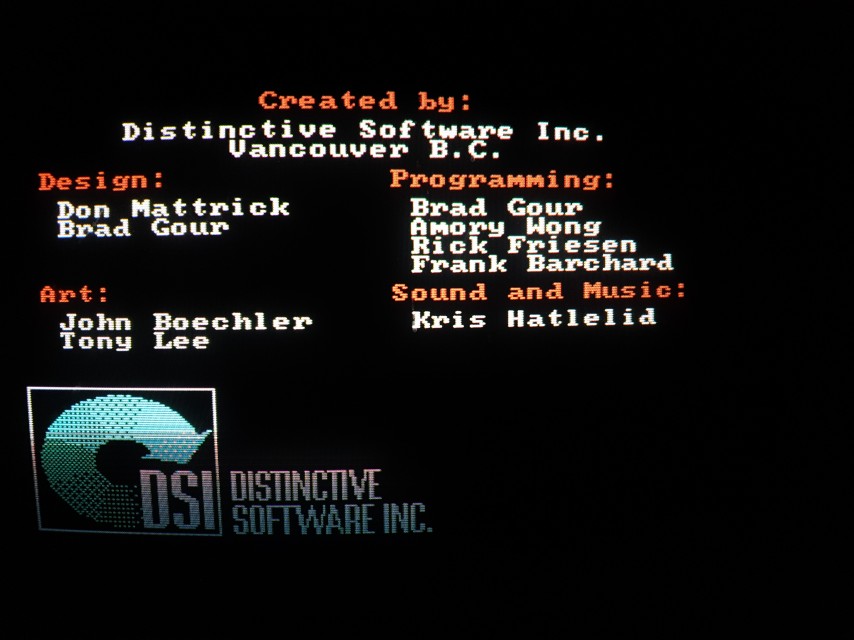
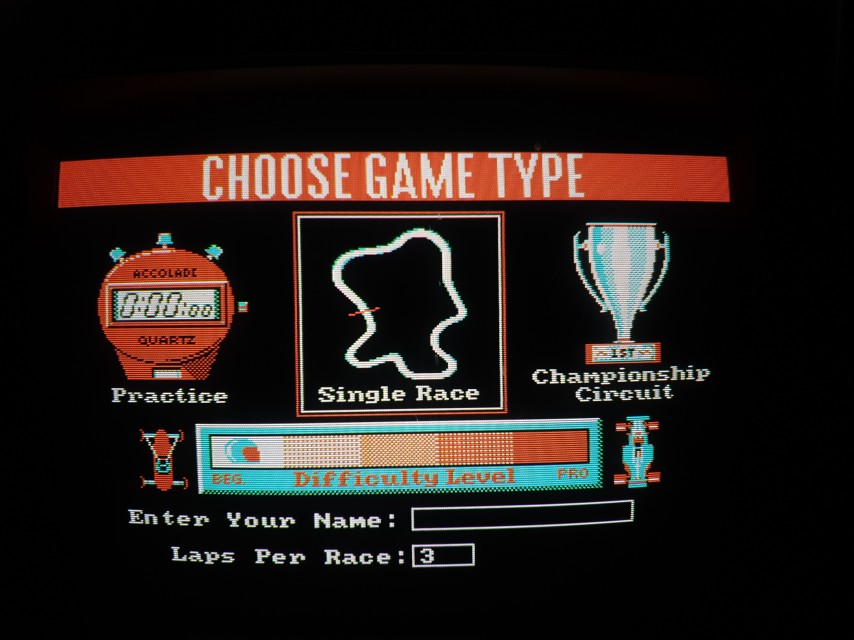
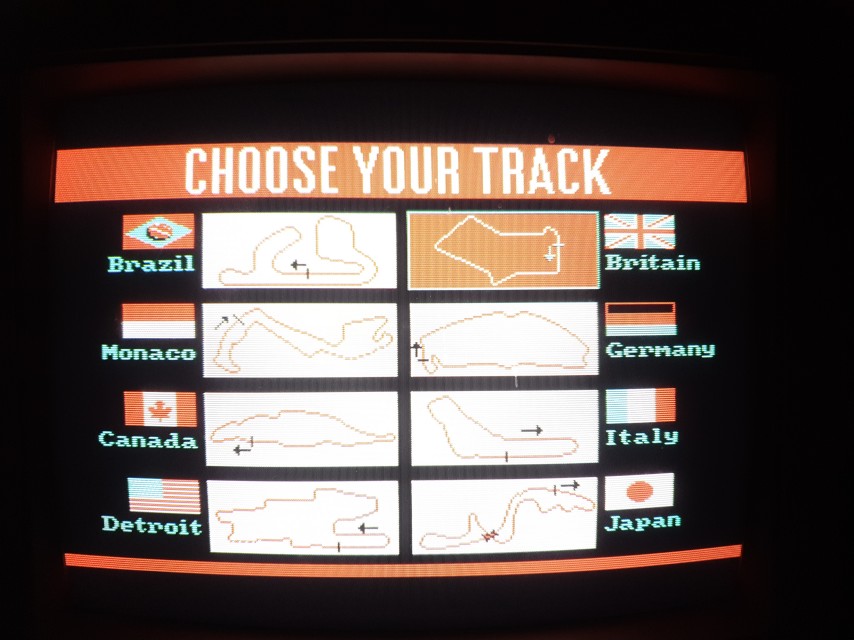
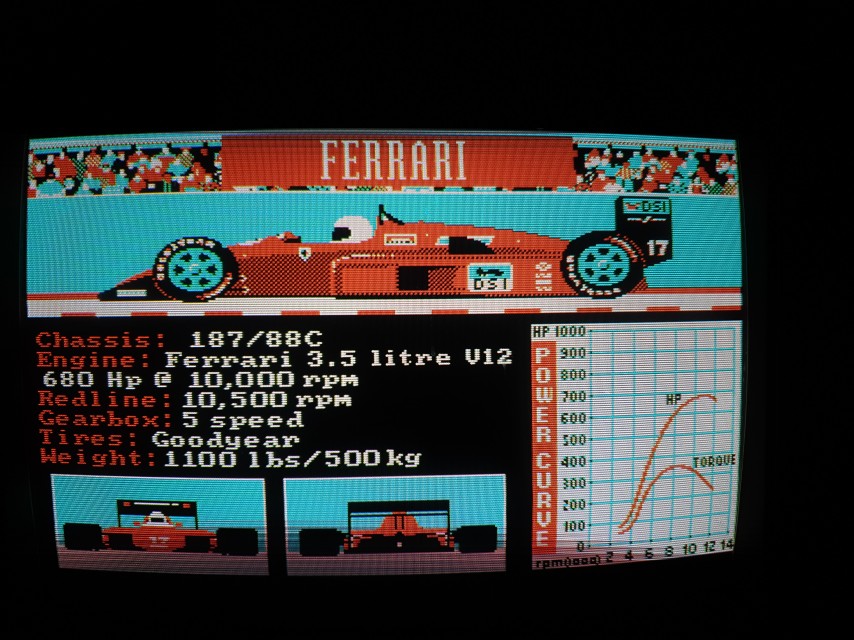
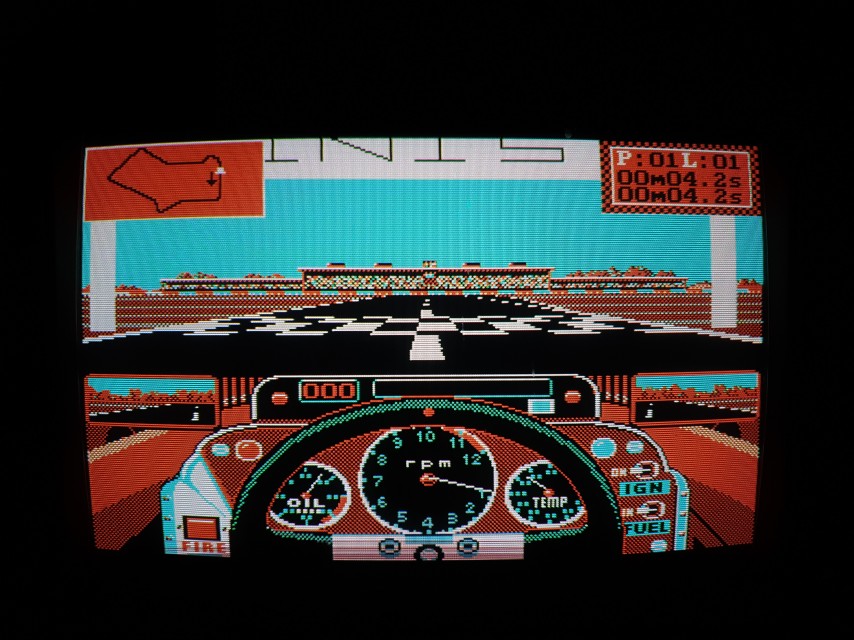
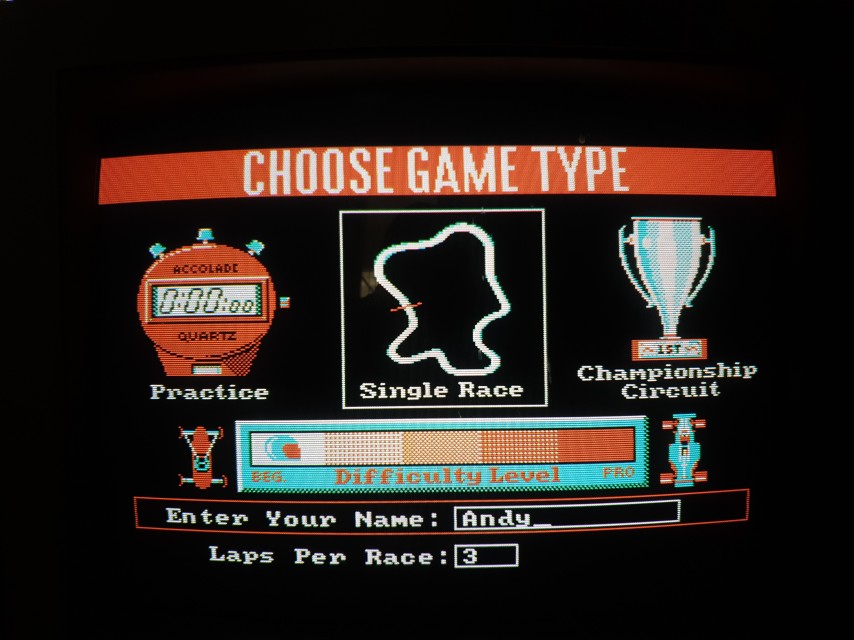
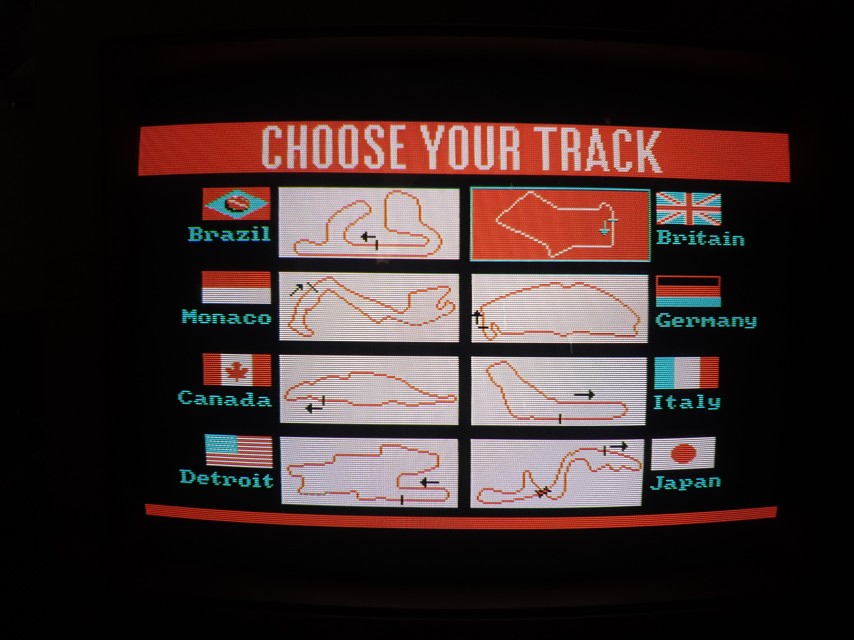
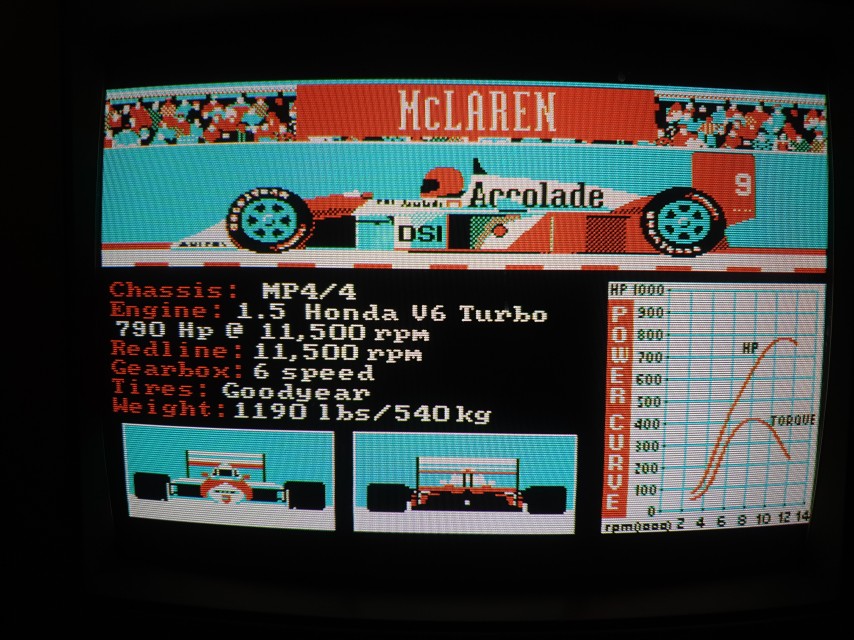
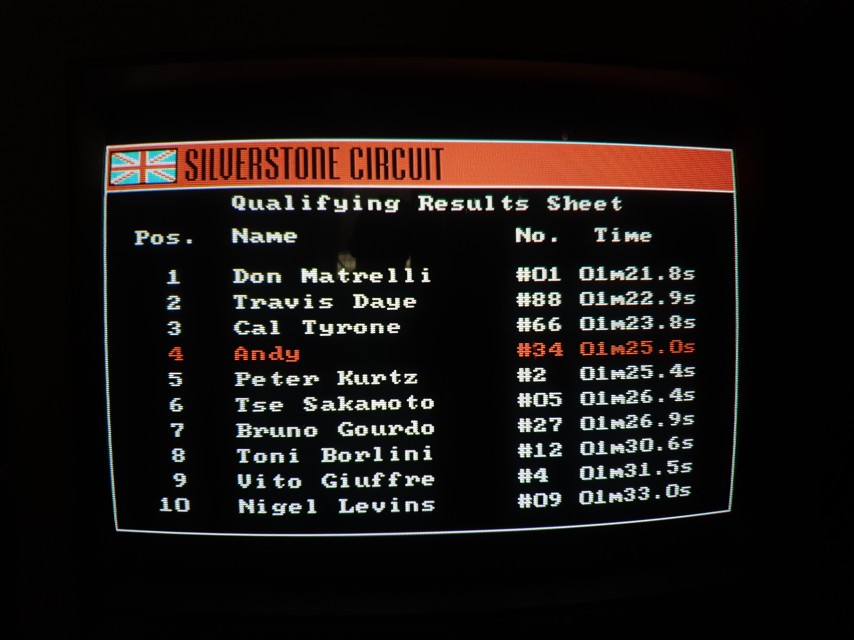
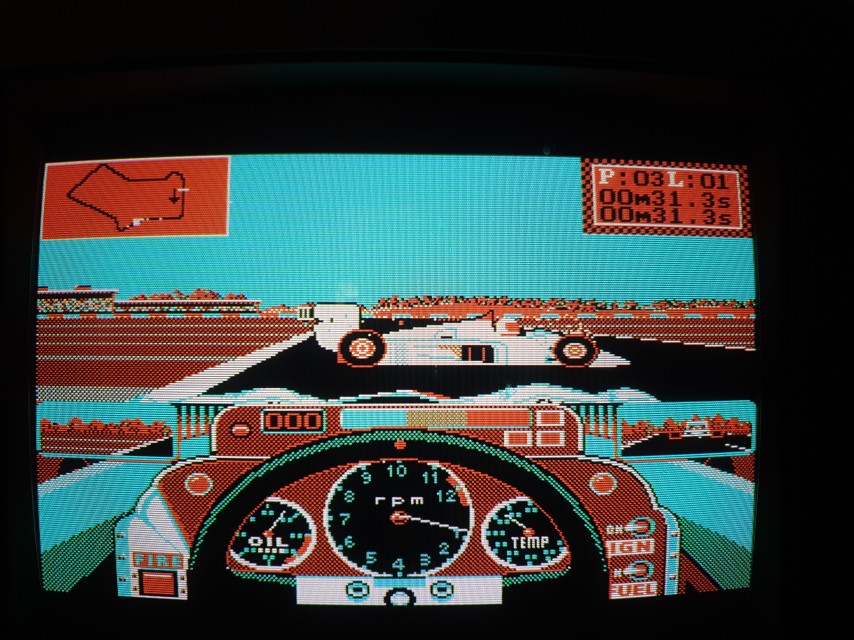
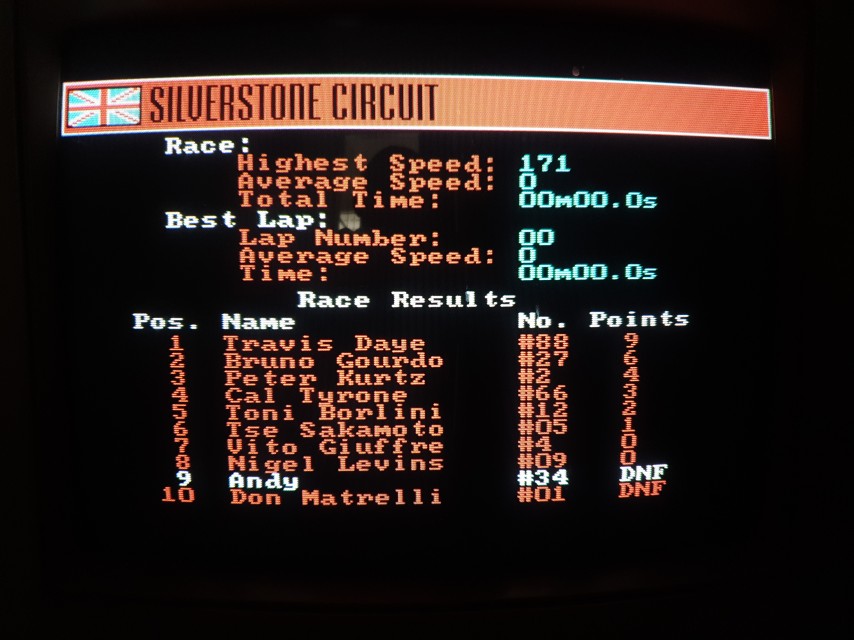
.jpg)
.jpg)
.jpg)
.jpg)
.jpg)
.jpg)
.jpg)
.jpg)
.jpg)
.jpg)
.jpg)
.jpg)
.jpg)
.jpg)
.jpg)
.jpg)
.jpg)
.jpg)
.jpg)
.jpg)